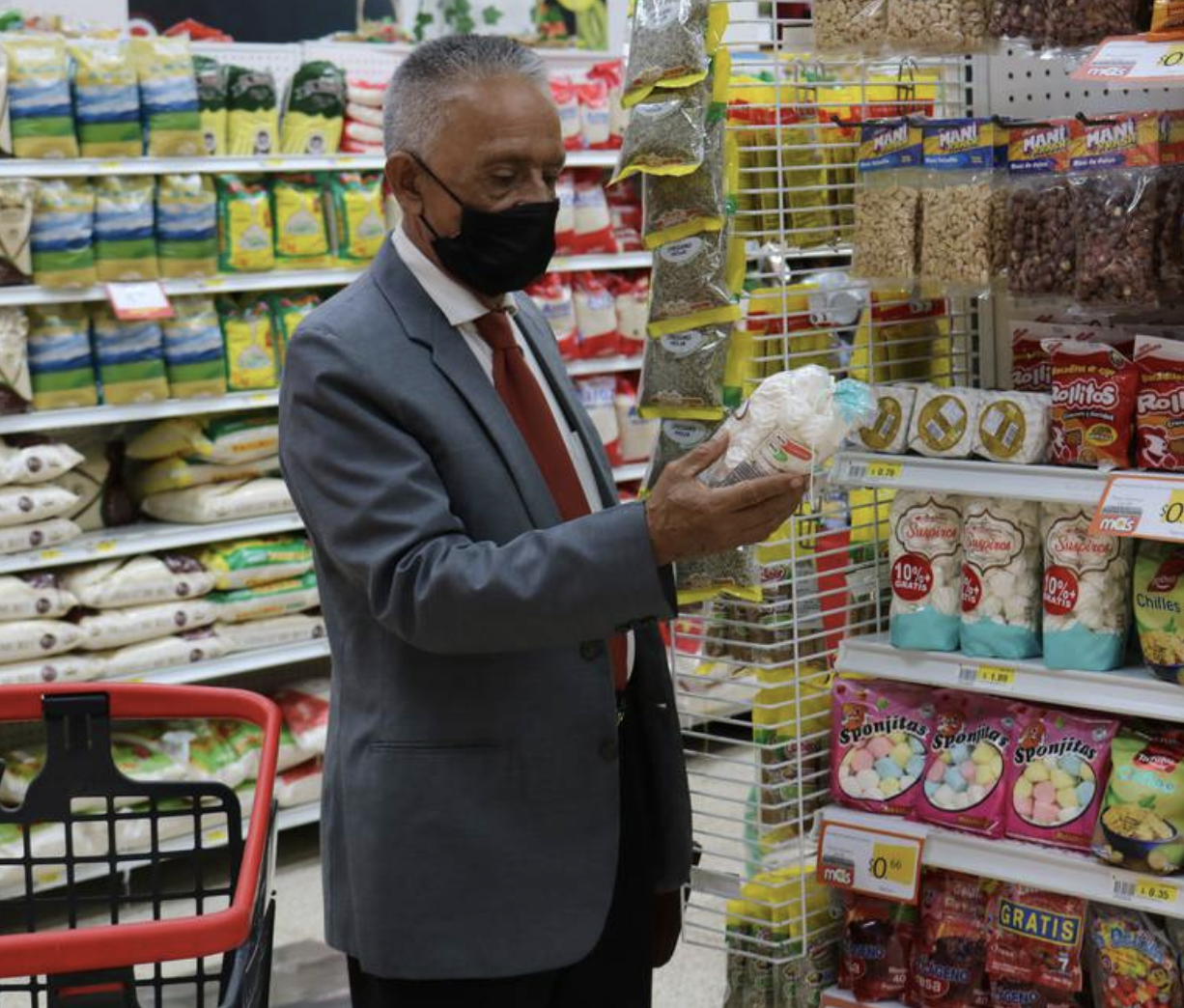Global food prices will peak in 2022, says Morgan Stanley. But the bank thinks inflation could moderate in 2023.
Food prices, which rose 65% globally between 2020 and 2021, will peak in 2022, US investment bank Morgan Stanley projects.
Inflation over the last six months is illustrated by the index of the Food and Agriculture Organization (FAO), which measures the international prices of five basic products: cereals, oils, dairy products, meats and sugar.
Between January and June 2022, this indicator averaged 149 points, the highest in three years.
Rising food prices pose a serious risk to the global economic recovery, according to Morgan Stanley.
And, the bank’s report adds, the fallout will be worst in emerging and developing markets, where food accounts for a large share of total consumer spending. One of those countries is Ecuador.
Hyperinflation
Despite the fact that world food prices fell slightly in August 2022, inflation remains high around the world.
According to an August report from the World Bank, the rise in prices of food products exceeds general inflation in 81% of the 153 countries included in the study.
The three countries with the highest rates of hyperinflation in the food category are Lebanon, at 309%; Zimbabwe, with 209%; and Venezuela, with 155%.
And Ecuador?
Ecuador is in the group of countries that register relatively high levels of inflation, between 5% and 30%.
Food prices in Ecuador rose 7.7% in July 2022 compared to the same month in 2021.
The price of carrots increased by 40% in the last year. They was followed by shortening (31% increase) and vegetable oil (30%).
With annual food inflation of 2.2%, Bolivia is in the group of countries with moderate and low rates.
Trade restriction
The consequences of the increase in food prices have affected the world economy, according to the Morgan Stanley report.
A particularly serious effect is the decision of governments to impose price controls and trade restrictions.
As of June, 310 measures restricting food and fertilizer trade were active in 86 countries. Among them are export bans, license requests and quotas for shipments abroad.
Another consequence is that families cut spending in other areas as they must spend more money on groceries, adds Morgan Stanley.
Encouraging projection
Despite the gloomy scenario for the remainder of 2022, Morgan Stanley believes prices could moderate in 2023.
“Food price rise could be below expectations in 2023 –Morgan Stanley”
The reasons behind that projection are:
- Boosting investment and production by farmers to take advantage of the good price moment. In the long run, an increase in demand will cause prices to fall.
- The normalization of the climate.
- A potential scenario that aims to ease tensions between Russia and Ukraine. An example of this was the departure of the first ship loaded with grain since Ukraine and Russia sealed an agreement to unblock these exports. The shipment of Ukrainian grain to Turkey on August 1st was made possible by a UN-brokered deal.


0 Comments